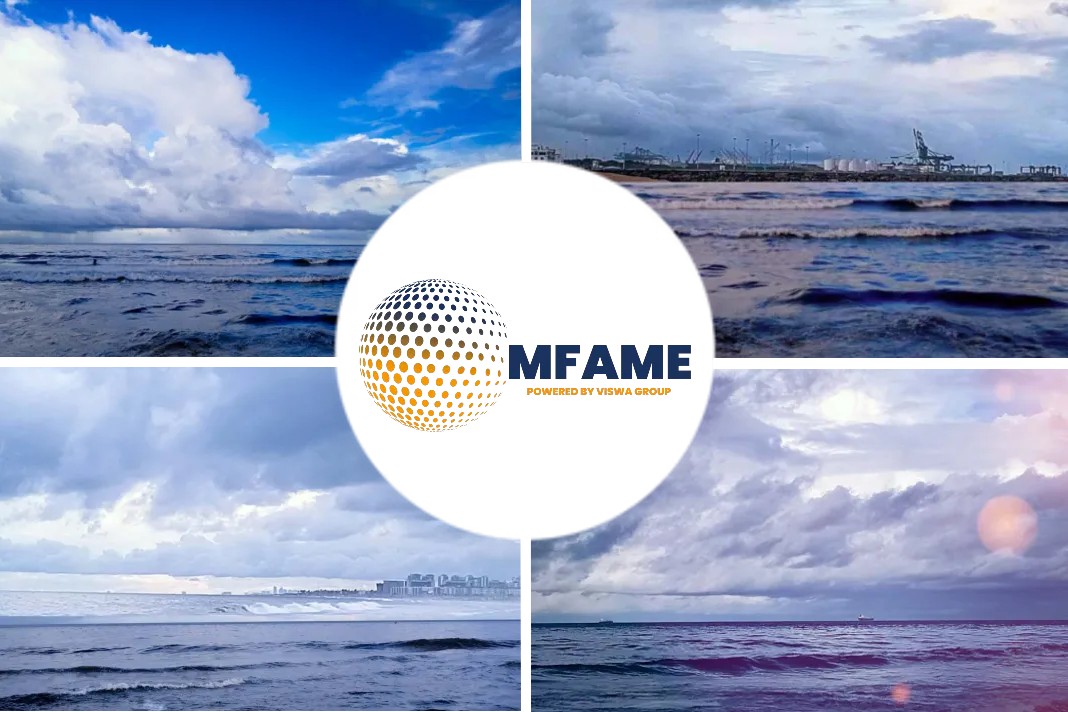
Shipping is braced for a reputation hammering in the event of a major dark fleet “oil on feathers” incident, reports Splash247.
Authorities around the world are trying to keep tabs on the fast-growing shadow fleet of tankers hauling Iranian, Venezuelan, and Russian oil in often substandard, elderly tonnage.
The latest near disaster occurred on Sunday when the Liberia-flagged tanker Kerala, chartered by Chevron, was involved in a minor collision with sanctioned tanker, Bueno, in Venezuela.
Incident involving a minor collision
The Bueno has not navigated in international waters since the US Treasury Department last year-imposed sanctions on it and four other vessels for alleged involvement in moving Iranian-origin shipments, which led to the loss of its Djibouti flag.
On March 4, Spanish authorities had to attend to the Blue Sun, a 19-year-old tanker, which had suffered an engine failure and was drifting near the Strait of Gibraltar.
The ship had been purchased by a Vietnamese company just days earlier and registered its destination as Russia’s Baltic Sea port of Primorsk.
Splash has carried reports of other adrift tankers carrying Russian oil in recent months as well as the grounding last November of the 2001-built Young Yong (pictured), a laden 21-year-old VLCC, a ship which had been blacklisted for its illicit transportation of Iranian oil.
Up to no good!
With Russia joining Iran and Venezuela in seeking vintage tonnage to shift cargoes as sanctions rain in, and major class societies, managers, and insurers shunning former clients in Moscow, substandard tonnage is running into trouble at many destinations around the world, exacerbated by increased use of ship-to-ship transfer operations.
Finnish authorities, for instance, have recently revealed how they have increased drills, equipment, and training for an emergency response to an oil spill or other environmental catastrophe.
“P&I Clubs are scratching their heads because this is not about breaking compliance rules, but about raw, naked accident risk and oil on feathers which will set decent shipping back to 1990,” one shipmanagement source told Splash earlier this year.
TankerTrackers.com, one of the world’s foremost sources covering illicit movements of oil, has worked out that one in five VLCCs trading today are “up to no good”.
Tracking ships breaking sanctions
The Samir Madani-led platform tracks ships breaking sanctions against Iran, Venezuela and Russia. It has counted 174 VLCCs out of the 900-strong fleet are currently breaking rules put in place by the US and the European Union.
The Center for Research on Energy and Clean Air, a Finland-based environmental research group that has been tracking Russian energy exports, noted that before the Ukrainian invasion started, 19% of tankers leaving Russian ports were registered as being covered by “unknown” insurers, typically a sign of inadequate or non-existent insurance. That share had risen to 45% as of a week ago.
Highly respected shipping writer Michael Grey told Splash earlier this year: “The tanker sector has worked so hard, and for so long, to become the Rolls-Royce of the shipping industry, and now the dark fleet and the sort of people it will inevitably attract are risking so much of this reputation.”
Did you subscribe to our Newsletter?
It’s Free! Click here to Subscribe!
Source: Splash247















